I’ve had the concept of change on my mind for a while now. Just like I spoke about intentional rest last week, let’s now talk about intentional change this week.
What’s the definition of change? Glad you asked:
“change”
CHānj/
verbverb: change; 3rd person present: changes; past tense: changed; past participle: changed; gerund or present participle: changing1. make or become different.
Deceptively simple explanation there, huh? Now we know that change is the act of something becoming something else.
 When it comes to our health and wellness journeys, we have to get comfortable with our change. And change is an uncomfortable process. That means we have to get comfortable with out discomfort. Geez, what a pain, huh?
When it comes to our health and wellness journeys, we have to get comfortable with our change. And change is an uncomfortable process. That means we have to get comfortable with out discomfort. Geez, what a pain, huh?I was chatting with dear Solcanaut J.J. about how a trainer of his once told him in response to the “No pain, no gain” mindset (currently rife in the mass health and wellness media):
“No pain, no brain.”
That stuck with J. J.’s mind ever since, informing how he chooses to push himself, and rightly so. Once I heard “no pain, no brain”, it sparked something in me and my vague thoughts regarding change. Pain isn’t good. Pain hurts. Pain is our body’s signal that something is going wrong. However, change is necessary to move towards goals, so what if…
“No change, no gain.”
Doesn’t that get down to the nitty-gritty? Pain is when we’ve gone too far, we’ve done too much. Change? Yeah, change is a wide spectrum of differentness. Change is tough, but change is stick-withable. Change makes you think, it gets you out of your head. It doesn’t necessarily mean pain. I can get behind that conceptually.
So many of us just want to change things all at once. It’s easier for our brains to make things black and white. “Today, I’m a slug on the couch. I’m gross. Yuck I hate myself. Next week I will start a new movement program that will change me and then I won’t be gross.”
See the problem there? There’s an assumption that change is an EXTRINSIC process. It’s not. Change is an INTRINSIC process. Exterior factors such as a new gym, new food, new friends, new workplace, those are all contributing factors.
These are the symptoms of change, but they’re not the catalyst.
You’re the catalyst.
And that’s a powerful, albeit intimidating realization. All of the sudden you’re in the driver’s seat, you’re in charge. So now it’s up to you… what do you want to change?
Think about all the times you wanted something to change. What happened? Did the change stick? Or did it fall away? 9 out of 10 times, when it comes to health and wellness, change will stick when that change becomes part of your routine. It’s in your life, it’s not an add on. When you integrate change into your day to day, that is how it creates an effect. Because you decided to feel change.
So don’t tell yourself you’re going to be different. You ALREADY are different.
You are change, right here, right now.
You are doing the work. And when the work is done consistently, this is change. You powerful creature, you.

